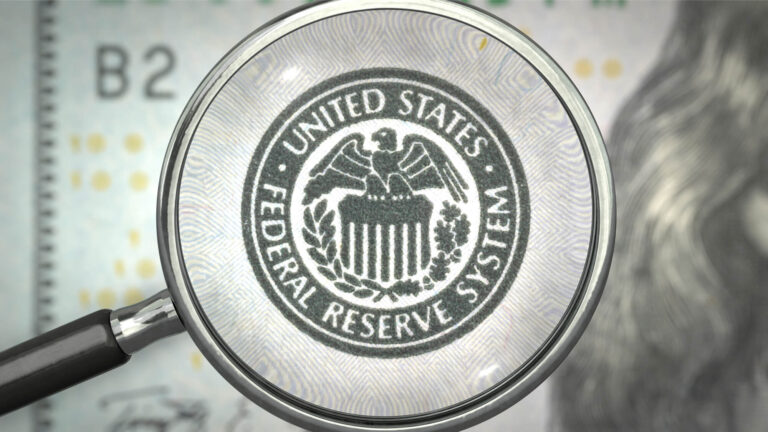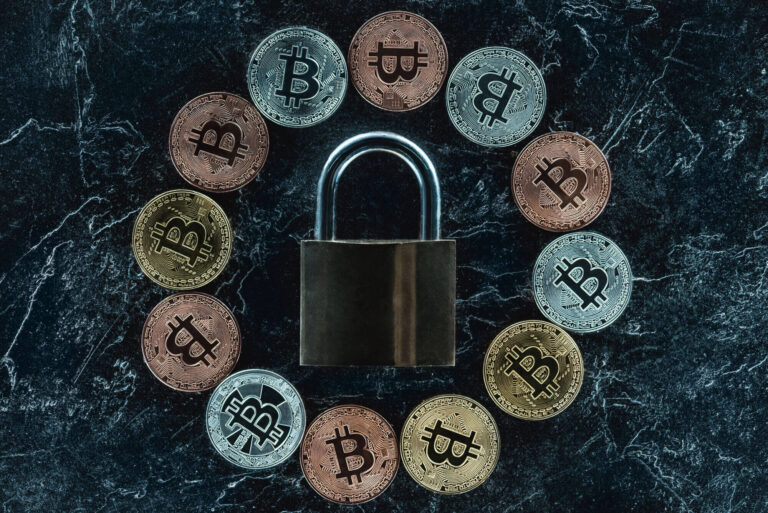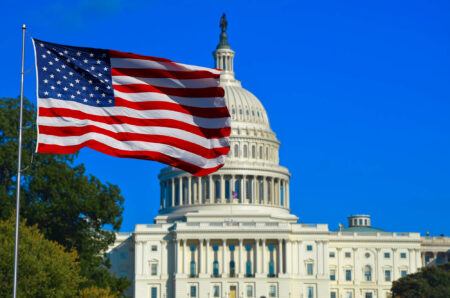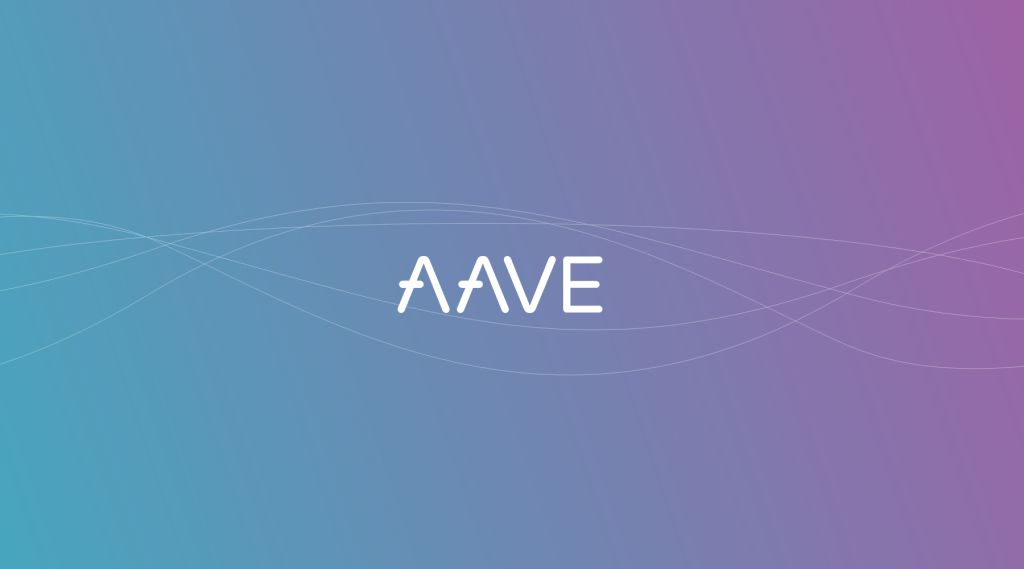This week, the US Federal Reserve Bank lifted its questionable guidelines - which amounted to a de facto ban - on banks' crypto activities.
In doing so, it follows the Federal Deposit Insurance Corporation (FDIC) and the Office of the Comptroller of the Currency (OCC), which had already taken similar measures. This decision marks a significant shift in US crypto policy and could signal the end of the controversial “Operation Choke Point 2.0.”
Background: from overregulation to deregulation
The original guidelines, introduced under the Biden administration, required banks to obtain approval before investing in crypto assets or stablecoin projects. These measures were criticized as part of the so-called “Operation Choke Point 2.0,” an unofficial strategy aimed at excluding crypto companies from the traditional banking system. Documents from the FDIC and statements from industry representatives support these allegations.
The Federal Reserve's decision to lift its restrictive guidelines on banks’ crypto activities not only marks a political shift but also has immediate implications for institutions previously affected. A prominent example is Custodia Bank, a Wyoming-based financial institution specializing in digital assets. In 2023, the Federal Reserve denied Custodia access to the payment system, which was seen as part of the unofficial “Operation Choke Point 2.0.” This action prevented the bank from performing basic financial services such as check clearing or securities transfers.
With the current deregulation, banks could now once again attempt to gain full access to the traditional financial system, representing a significant step toward integrating crypto firms into the regulated banking sector.
Political shift under Trump
The repeal of the guidelines aligns with President Trump’s promise to make the US the leading Bitcoin nation. As early as March, Trump had announced plans to dismantle regulatory hurdles for crypto companies and establish clear frameworks for stablecoins. The Federal Reserve’s latest decision is seen as a step in that direction. With deregulation, banks may now increasingly enter the crypto sector, potentially leading to greater integration of digital assets into the traditional financial system.








